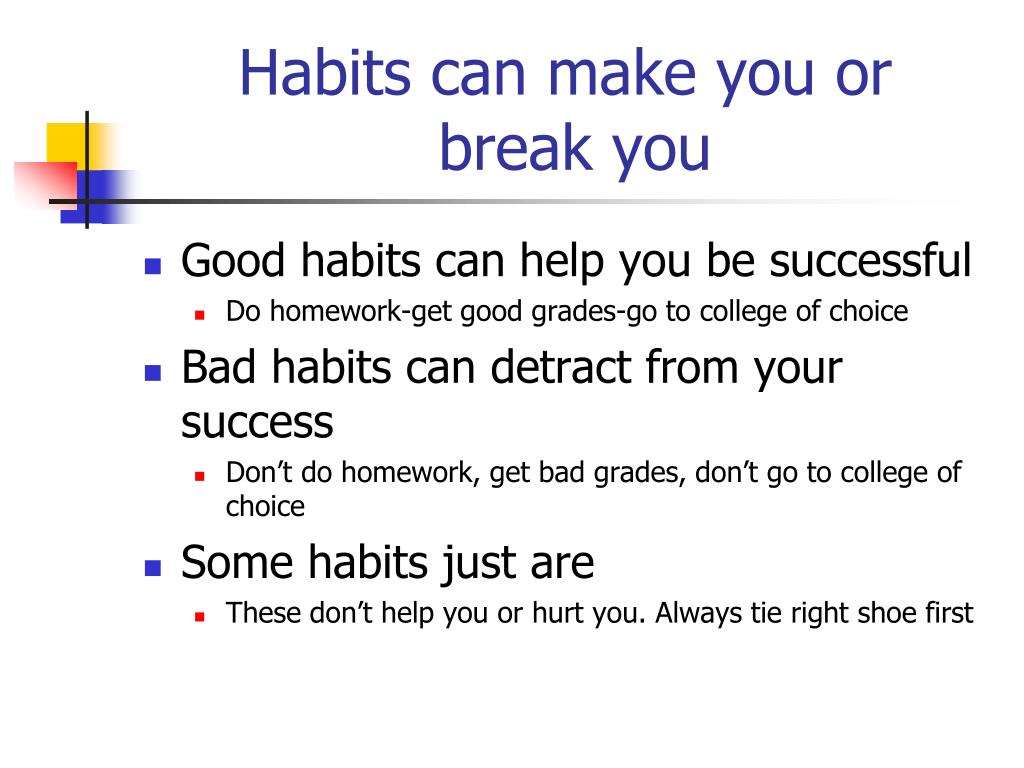

Swap out juice or soda for sparkling water.įind healthy choices for snacks and plan ahead:.Or bring healthier selections in for yourself. Suggest having fruits and vegetables during workplace meetings, instead of sweets.If someone else in your household buys these snacks, devise a plan to keep them out of sight. Keep unhealthy snacks out of your house.Decide what you will have for dinner early in the day so that you have a plan after work.Do not walk past the vending machine to get to your desk, if possible.Think about what you can do to avoid those triggers, such as: Start by focusing on one or two triggers that occur most often during your week. Feeling the need for a pick-me-up toward the end of your workday.Stopping at fast-food restaurants and choosing high fat, high calorie foods.Having no plan for dinner after a long day.Feeling stressed by something at work or in another area of your life.Seeing your favorite snack in the pantry or vending machine.Look at your journal and circle any regular or repetitive triggers. Does the way you feel make you want to eat?.Is there something around you that makes you eat when you are not hungry or leads you to choose unhealthy snacks?.Think about what triggers or prompts may be causing some of your eating habits. Learn the difference between physical hunger and habitual eating or eating as a response to stress or boredom. Pay attention to your feelings of hunger.Pack healthy lunches that you make at home. Plan and prepare healthy meals and snacks to increase your chance of success.Eat fruit for dessert instead of cookies.Drink skim or low-fat (1%) milk instead of 2% or whole milk.Taking on new, healthier habits may mean that you: This can make you feel stressed or give you doubts about trying to change. It is easy to focus only on your poor habits. Try not to judge your behaviors too harshly. It is a good idea to limit your focus to no more than 2 to 3 goals at one time.Īlso, take a look at the healthy habits you have and be proud of yourself about them. Try not to overwhelm yourself with too many goals.

Remember, small steps lead to more success in making long-term changes. At the end of the week, review your journal and look at your eating patterns.For example, maybe you were at work and were bored, so you got a snack from a vending machine down the hall from your desk. Include notes about what else you were doing and how you were feeling, such as being hungry, stressed, tired, or bored.Write down what you eat, how much, and what times of the day you are eating.A food journal is a good tool to help you learn about your eating habits.


 0 kommentar(er)
0 kommentar(er)
